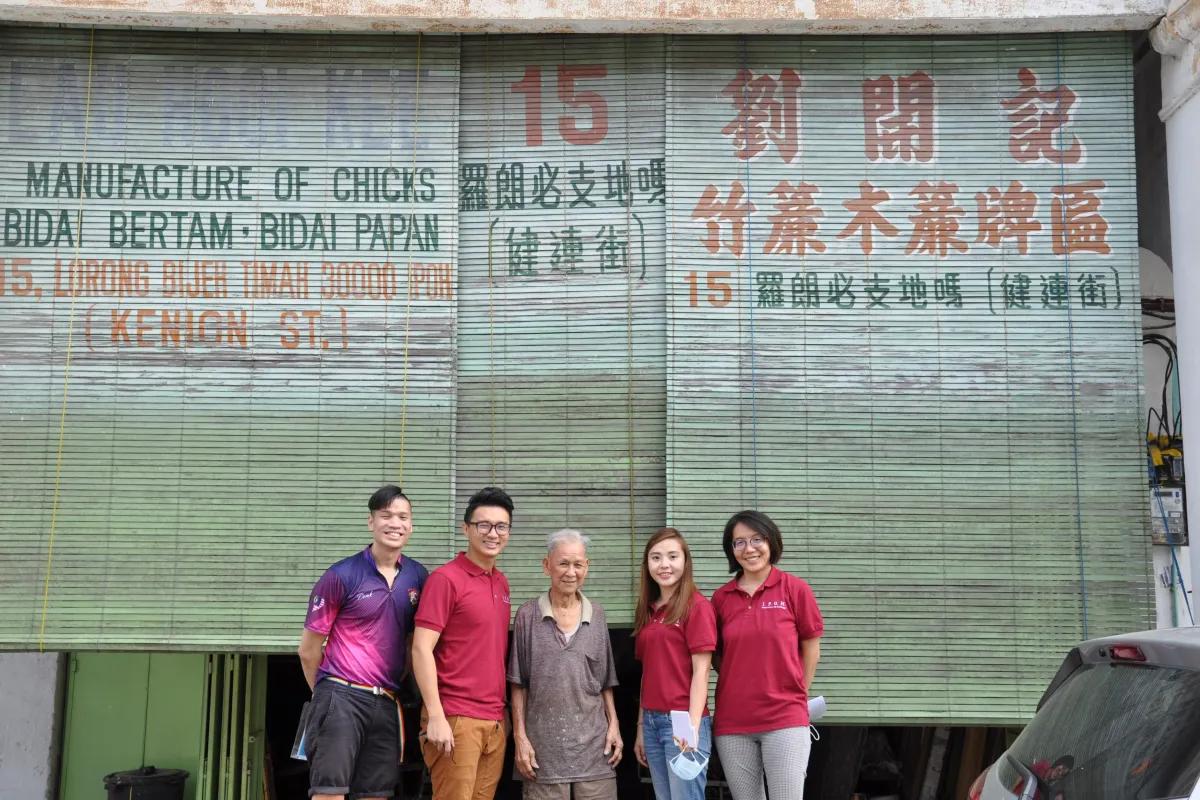The Preservation of Ipoh’s Heritage
Ipoh – a serene city tucked away in the northwestern part of Peninsular Malaysia has predominantly been a detour for tourists (both local and international) sojourning between the north and the south. The biggest allure of this quaint little city is its gastronomical treats being recognized as a food haven with its signature white coffee, dim sum, bean sprout chicken noodle, dry curry noodles, a delectable collection of confectioneries, and many more. Complementary to its epicurean delights, Ipoh is also famous for its Instagrammable destinations with the Concubine Lane located in Ipoh’s Old Town being the most recognizable location.
“As an Ipohite born and bred, I am particularly proud that my hometown has caught the positive embrace of many local and foreign tourists over the years. I have first-hand witnessed the evolutionary transformation of Ipoh from a humble sleepy town to becoming one of the most attractive destinations in the country and the region”, said Dr. Teh Pek Yen.
Personally, Dr. Teh believes that the tourism development in Ipoh could have been better aligned with its original identity. For example, the infamous Concubine Lane (also known as Yi Lai Hong by the Cantonese-speaking locals) with its tangible colonial-style architecture could have metamorphosed to being a more alluring destination, which requires careful preservation of the ambiance of the British colonial era. Concubine Lane is nestled between some of Ipoh’s old-fashioned iconic coffee shops and derived its name from being a location where concubines once resided. Indeed, Concubine Lane was once a reflection of Ipoh’s hay days, particularly during the era of prosperous tin mining development.
The lack of effort in the conservation of the intangible aspects of this timeless location, such as its rich history and origins, has resulted in the loss of its significant identity. The heritage is just one source of cultural awareness and historical pull factor for many tourists, in addition to its picturesque backdrops.
For any location undergoing long-term plans for tourism development, the ultimate and most important objective is to project a geographical identity with appropriate and authentic tourism elements. For instance, Jonker Street in Malacca is often compared to Concubine Lane for their similarities in architecture and heritage elements. Despite the fact that one may see many commercial vendors along Jonker Street (which is a form of attraction for tourists), yet the strong Baba Nyonya identity and Malacca’s rich history inherited from the early colonial trade era can still be experienced today.
On the other hand, Concubine Lane in Ipoh pales in comparison from achieving this prolific stage of identity. Although there are vendors at Concubine Lane who still uphold Ipoh’s authenticity, the majority of the vendors peddle mostly irrelevant merchandise incongruous with its heritage. This may result in the dilution of Concubine Lane’s heritage and tourists losing interest of a place precipitously because of its un-uniquely heritage identification. This then beckons the question: “What noteworthy heritage does Ipoh project in the minds of international tourists?”
Hence, it is imperative for the tourism development course to be re-railed on its right tracks in order to promote and sustain Ipoh’s local vendors’ businesses and at the same time upholding the local community’s identity. When one lives in a place without a solid local identity, one would not be able to portray its strength and heritage to foreigners.
To address this, The Ipoh Preservation on Heritage Project (aka I.P.O.H. Project) was initiated by a group of researchers from Sunway University. This group comprised Dr Teh Pek Yen (as the project lead), along with Assoc Prof Dr Derek Ong Lai Teik, Assoc Prof Dr Daniel Chong and Dr Teoh Chai Wen.
The I.P.O.H. project seeks to immortalize the traditional local craftsmen (and their vanishing craftsmanship), who are unfortunately being shadowed by mercenary touristy products. In fact, these crafts represent Ipoh’s unique rich history and long-standing identity since the early years of the town’s establishment. These include the likes of tin crafts, lionhead, traditional wooden clogs, Hainanese coffee shops (also known as kopi tim in Cantonese or kopi tiam in Hokkien), shutter blinds and blinds painting, ancestral altar plaques and Heong Peang (directly translated as ‘fragrant biscuit’).
The wave of modernization poses a constant threat of extinction to the legacy left by the craftsmen. From this small initiative, the project’s objective is to rally the efforts of various stakeholders to preserve and protect the legacy of this culture-rich city for better development. As an initial milestone, the project has succeeded in documenting the aforementioned crafts and is proud to showcase them here.
The project team is also always open to any interested parties who wish to seek further information and explore possible collaboration with those who share the same vision for preservation of intangible cultural heritage as a legacy for future generations to come.
Dr Teh Pek Yen and Associate Professor Dr Derek Ong Lai Teik
School of Hospitality and Service Management / Sunway University Business School
Email: @email/@email
The original article was published in Business Today




